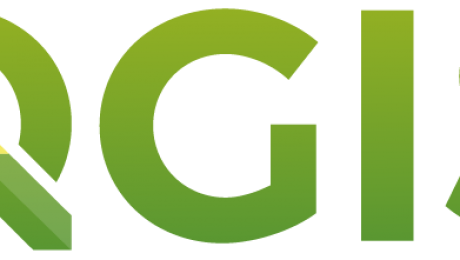Our third tutorial in the QGIS plugin development series focuses on improving code maintenance of QGIS plugins. We will introduce linters, a better code structure and some highly useful tips and tricks for plugin development.
- Veröffentlicht in
Our second tutorial in the QGIS plugin development series focuses on QGIS and user interaction. You will learn how capture a point clicked on the map canvas by the user, a few practical examples of the concept of signals & slots in PyQt, and then some more.
- Veröffentlicht in
Follow our tutorial to get a better hang of developing QGIS plugins in QGIS v3.x. The resulting plugin will be capable of querying Nominatim's Reverse Geocoding API from user generated Lat/Long or X/Y in arbitrary coordinate systems and parse the API result into a QGIS Point layer.
- Veröffentlicht in
This post provides a basic reference guide for plugin development in QGIS v3. It describes the most important concepts around QGIS plugins, which a developer should be aware of, such as mandatory methods expected by QGIS, detailed explanation of the output of Plugin Builder 3 and more.
- Veröffentlicht in
Our first tutorial in the QGIS Actions series focuses on how to consume services with your point data. You will learn how to generate random points in your polygon and send their coordinates to the HERE Maps Reverse Geocoder API.
- Veröffentlicht in
A short roundup of Qt Designer, which ships with QGIS and is the recommended program to design Graphical User Interfaces for QGIS Plugins. This post is complementary to our plugin tutorials or just a refresher. It also explains resources.qrc files in more detail, a usual pain point.
- Veröffentlicht in
In this reference guide, you'll learn more about the intricacies of the signal & slot concept in PyQt. This concept is very important when dealing with GUI development and while it's beautifully solved by Qt, it can be a little confusing in the beginning.
- Veröffentlicht in


